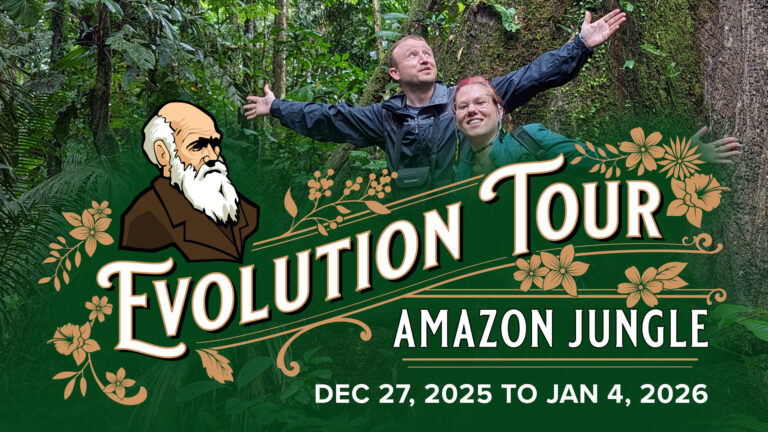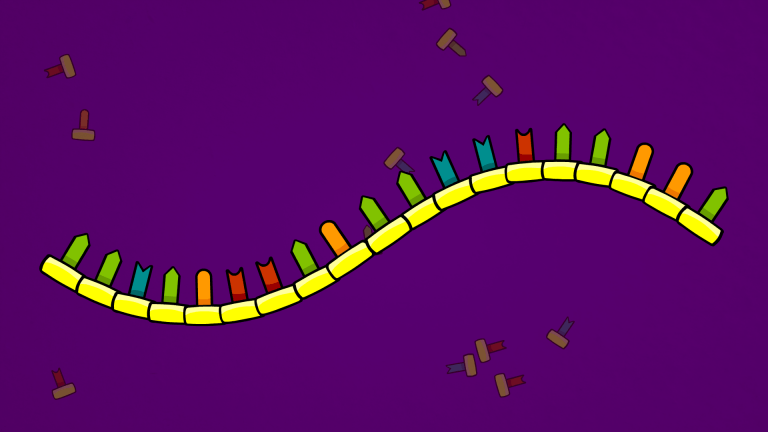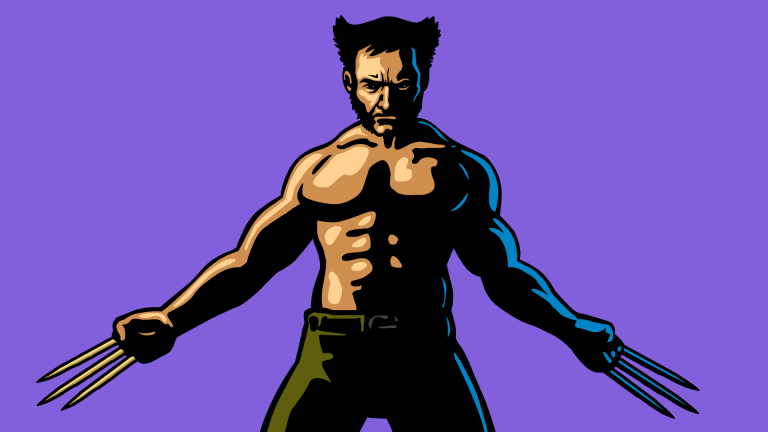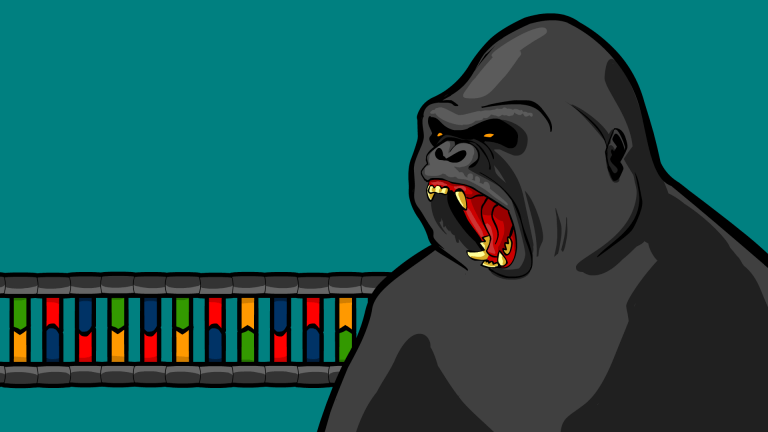Overview
The issue of genetics and DNA is constantly cropping up in the news, in stories relating to food production, health, legal cases, and ethics. We hear about DNA in movies like Jurassic Park and X-Men, we learn bits and pieces about it from TV shows like Dexter and CSI, but what exactly is DNA, and how does it work?
This short animation has been made for those wanting a simple introduction — or even a refresher — on how DNA creates a living creature. In this video, you will learn a bit about the genetic code, DNA transcription and translation, and the importance of proteins in the chemistry of life.
For Teachers
The content of this video meets criteria in the following Disciplinary Core Ideas defined by Next Generation Science Standards. Use our videos to supplement classroom curriculum.
Contributors
Our videos benefit from guidance and advice provided by experts in science and education. This animation is the result of collaboration between the following scientists, educators, and our team of creatives.
Team
- Jon Perry
- Jeremiah Deasey
- Anthony Danzl
Advisors
- Eric T. Parker, PhD
- Varinia Acosta, DVM
Transcript
Stated Clearly presents: What is DNA, and how does it work?
DNA (or “deoxyribonucleic acid“) is a molecule. It’s a bunch of atoms stuck together.
In the case of DNA, these atoms combine to form the shape of a long spiraling latter sort a like this one here. If you ever studied biology or watched the movie Jurassic Park, you probably heard that DNA acts as a blueprint or a recipe for a living thing. But how? How can a mere molecule act as a blueprint for something as complex and wonderful as a
To help answer that question, let’s first take a look at Amino Acids.
Amino acids are tiny little chemicals inside our bodies that are so important, they’re often referred to as the building blocks of life.
There’s about 20 different kinds of amino acids each with their own unique shape.
The neat thing about them, is they can be attached to each other kind of like Legos to produce an endless variety of larger particles known as proteins.
Amino acids make up proteins, proteins (along with other chemicals) combine to make living cells, cells make up tissue, tissues make up organs, and organs, when they’re all put together and functioning, form living creatures like you and me.
These proteins that make up our bodies (and keep in mind there’s millions of different kinds of proteins) have to be formed in the perfect shape in order to function. If they’re the wrong shape, they usually don’t work. That’s where DNA comes in.
DNA does a lot of interesting things (some of which we don’t fully understand) but one of its main and most clearly understood functions is to tell amino acids how to line up and form themselves into specific protein shapes.
In theory, if the right proteins are built at the right time and in the right place, everything else from cells to organs to entire creatures, will come out just fine.
This here is a simplified model of DNA.
It shows us that the steps of the latter, are made up of 4 different kinds of chemicals shown here by different colors and letters.
If you look at just one side of the molecule, you can actually read its chemical code (or genetic sequence) from top to bottom sort of like a book.
A single DNA strand is extremely long, millions of letters long. For most of Its life, it’s coiled up like a noodle and lives inside the nucleus or the centerpiece of a cell. Amino acids however, live outside the nucleus in what’s called the Cytoplasm.
To help DNA interact with the cytoplasm and create those proteins, special chemicals inside the nucleus make partial copies of the DNA code.
These new copies called RNA look just like DNA but they’re shorter of course and they’re missing one of their sides.
Their small shape and size allows them to pass through tiny pores in the nucleus out to the cytoplasm and into the mouth of another particle called a Ribosome.
Ribosomes are protein building machines. They read the RNA 3 letters at a time, suck amino acids out of their surroundings and stick em together in a chain according to the RNA code. As the chain grows, it bends, folds and sticks to itself to form a perfectly shaped protein.
Every 3 letters of the RNA code, tell the ribosome which of the 20 different kinds of amino acids should be added next. For example, CAA tells the ribosome to snag a Glutamine, AGU tells it to grab a Serine and so on.
Once a protein is built, it can then go on to do a number of different things, one of which could be to help form a brand new cell.
So, to answer the original question: What is DNA? DNA is a molecular blueprint for a living thing.
How does it work? DNA creates RNA, RNA creates protein, proteins go on to form life.
This entire process, as complicated, as sophisticated, as magical as it may seem, is completely based in chemistry. It can be studied, it can be understood.
I’m Jon Perry and that is DNA stated clearly.





